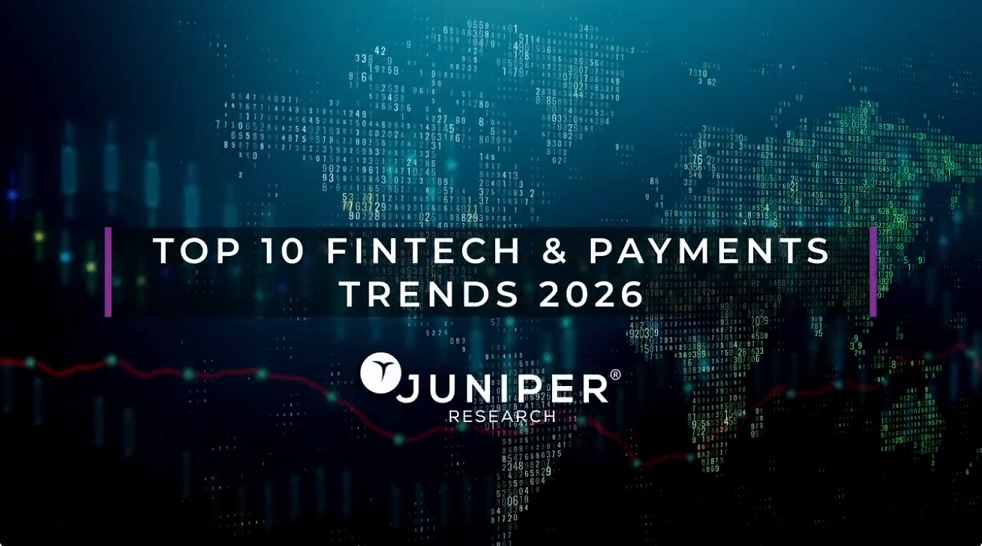Fraud to cost financial institutions $58.3 billion by 2030 globally, as synthetic identities threaten fraud tidal wave

A new study by Juniper Research forecasts a 153% surge in fraud by 2030; rising from $23 billion in 2025 to $58.3 billion in 2030.
This is driven by an evolution of fraud techniques such as synthetic identity fraud, which is when identities are created using a mix of real, stolen, and fake information to create new personas to open accounts and apply for credit. This fraud innovation is driving a surge in investment in new fraud prevention techniques.
Growing Threat of Synthetic Identity Fraud Necessitates Dynamic Verification
Synthetic identity threats are becoming more sophisticated; leveraging AI to quickly create convincing new identities based on existing, stolen information. This allows the identities to stay under the radar for longer, and steal more money from banks. As these identities are partly based on genuine information, they can pass traditional, static fraud checks; forcing financial institutions to upgrade their fraud detection and prevention techniques.
To combat this, banks must verify identity throughout the customer lifecycle. Biometric behavioural analysis, such as typing rhythms or touch patterns, plays a crucial role; identifying anomalies in real-time.
According to Lorien Carter – Senior Research Analyst at Juniper Research, “The rise in fraudulent transactions has effects reaching beyond fraud loss. The recent spate of banks being fined for failing to correctly identify high-risk transactions, such as Monzo, Barclays, and TD Bank, displays that regulators are taking this issue extremely seriously. Financial institutions must increase investment in their fraud detection teams and technology to avoid further monetary and reputational losses.“
____________
Find out more about the new report, Fraud Detection & Prevention in Banking Market 2025-2030, or download a free sample.
Dariusz Mazurkiewicz – CEO at BLIK Polish Payment Standard
Banking 4.0 – „how was the experience for you”
„To be honest I think that Sinaia, your conference, is much better then Davos.”
Many more interesting quotes in the video below:











